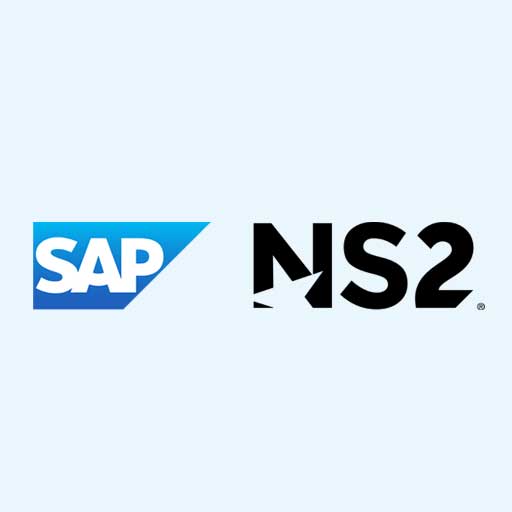The impact of the global pandemic will have a lasting effect on all aspects of our lives, and it has illuminated many of the challenges our nation faces.
One challenge in particular is our dependence on other nations for raw materials, critical goods, rare-earth metals, sub-ingredients, and component parts.
The demand for COVID-related supplies has exposed the vulnerabilities in our nation’s supply chains.
How Supply Chains Have Evolved
Over the past 20 years, U.S. supply chains have extended into other nations to benefit from their low-cost labor and eased environmental regulations.
This was necessary to maintain a heavy ceiling on the price of U.S. consumer goods. Free trade agreements, enacted to shift economic wealth to developing nations in exchange for political stability, reduced migration, and improved standards of living, have also extended supply chains further from American borders.
These agreements also strengthened and optimized U.S. supply chains, reducing costs and helping to maintain competitive price points.
Supply chain managers capitalized on the ability to share data beyond their corporate infrastructure to optimize efficiencies through programs like just-in-time inventory.
Paradigm Shift vs. Preparedness
These paradigm shifts in U.S. supply chains did not happen overnight, but their impact is reflected in our nation’s ability to respond to COVID-19.
The pandemic also heightened tensions with our near-peer adversaries. One of which was already experiencing significant challenges as part of an aggressive approach to land in the South China Sea, Ukraine, and the trade war that was occurring the last half of 2019.
Our dependence on other nations for critical goods also created the belief that if U.S. supply chains were severed due to a near-peer conflict, we would not have the critical medical supplies needed to take care of our sick and ensure the survivability of our soldiers.
Supplier Risk
Unfortunately, these supply chain practices have created a new set of evolving challenges for business leaders. Today, the cost of the counterfeit goods and materials that are making their way into U.S. supply chains is growing at an alarming rate and directly affecting the bottom lines of many companies.
While we are all aware of counterfeit handbags and athletic shoes, most of us are not aware of the infiltration of counterfeit goods into our national defense programs, pharmaceutical compounds, and technology components.
Today’s supply chain managers need to protect against counterfeit infiltration, at all points, from component sourcing and manufacturing to retail distribution.
Supply chain managers now must be intelligence analysts, using the same tradecraft that government intelligence organizations use to gain situational awareness over their supply chains.
SAP NS2 Partners with Gray Analytics
SAP National Security Services, the national security-focused subsidiary of SAP, and Gray Analytics have teamed up to create ChainShield, a supply chain intelligence platform.
In one visualization (“under one glass”), a supply chain manager, item manager, procurement officer, or government agency official can gain the situational awareness of their global supply chains.
ChainShield can proactively alert you to potential issues within a supply chain as well as support you in the development of a secure supply chain, including ethical sourcing. With ChainShield, you can ascertain the impact of natural disasters, political unrest, or US sanctions, boosting confidence for supply chain resiliency.
Provided through the Secure NS2 Cloud, and using advanced geospatial technology, ChainShield also allows for shipment tracking and anomaly detection. A broad set of feature-rich datasets enable true intelligence gathering, and human intelligence gathering can also be added to allow an even greater understanding of your supply chain.


